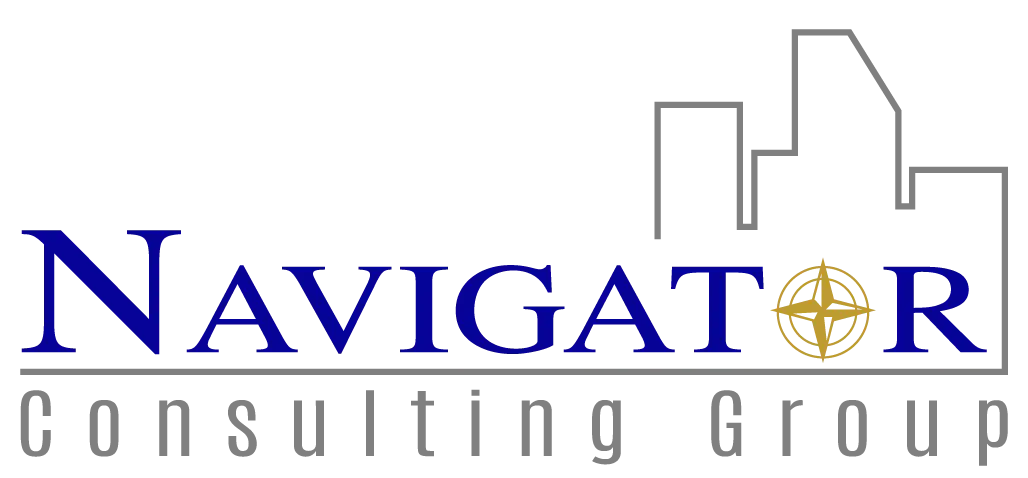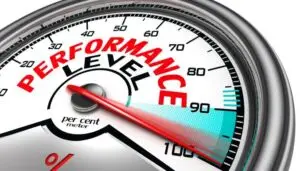Consider the following when selecting your office building:
Most Important Office Building Features List
- RENT: PRICE VS. PRODUCTIVITY Because an employee’s compensation is usually 10+ times the cost of housing that employee, any savings squeezed from your rent must be weighed against any adverse impacts on employee performance. If employee productivity is negatively impacted by a work environment that is not properly ventilated, illuminated or configured, what ever dollar saved in rent could cost your bottom-line tens of thousands of dollars.
- LABOR FORCE PROXIMITY An organization’s success resides in its ability to attract skilled employees. Consequently, labor-intensive organizations must select buildings within their employees’ acceptable commuting range. For example, here on Long Island, locating east of the Route 110 could be outside the reach of potential employees traveling from Brooklyn or Queens.
- TECHNOLOGY INFRASTRUCTURE Be sure the building’s infrastructure is compatible with your business, especially regarding stability and dependability. ‘Infrastructure’ applies to all forms of communication, especially wireless telephone service.
- ‘AFTER HOURS’ OVERTIME CHARGES Virtually all landlords now impose fees for HVAC and electric service delivered outside ‘normal business hours,’ i.e., 8:00 AM to 6:00 PM. In today’s global economy, organizations may operate from 7:00 AM to 8:00 PM, so address this additional cost when negotiating the lease.
- ELECTRICAL CAPACITY AND RELIABILITY Most office buildings provide 4 watts per square foot. We recommend 5 watts, especially as more employees and their related technology are occupying proportionately less square footage. E-commerce businesses may need up to 6 watts. If it is likely to incur substantial revenue loss as a result of a power outage, select office buildings having back-up generators.
- ELEVATOR SPEED & CAPACITY Cab size, speed and AI control are key features in today’s elevator systems. Here on Long Island, since most office buildings are less than six stories, elevator capacity i.e., cab size, is more important than speed. To mitigate delays caused by other tenants’ furniture and equipment deliveries, if you are looking at a building of 150,000 square feet or more, it should have a separate ‘service’ elevator.
- LIFE SAFETY SYSTEMS Emergencies are an unfortunate reality. Consequently, office buildings should have necessary safeguards including sprinkler systems, emergency lighting, and stairwell exhaust systems. If your staff works late, do not overlook the adequacy of the building’s parking lot lighting.
- PARKING Parking lot capacity is important when considering suburban office buildings. Buildings with 5 parking stalls per 1,000 square feet should accommodate most tenant needs.
- ON-SITE AMENITIES
- FOOD SERVICE If employees use their cars to get lunch, which is especially true in suburbia, productivity follows them out the door. Accordingly, office buildings with coffee shops are more desirable. Here on Long Island, especially in Lake Success, Mitchell Field, Woodbury, Melville and Hauppauge where restaurants are not always within walking distance, on-site food service is a virtuous amenity.
- OFFICE EXTENDERS ‘Office extenders,’ including conference rooms equipped with teleconferencing capabilities will enable you to communicate across town or around the globe. If you occasionally schedule large meetings, on-site conference centers can help forego the need to have to pay rent for a conference room inside your suite that is only occasionally used.
- ON-SITE BUILDING MANAGEMENT Power outages, snowstorms, plumbing problems inevitably arise. Office buildings with on-site superintendents safeguard building management’s response time and overall reliability
TAKEAWAY
A tenant’s cost of occupancy is more than just ‘rent per square foot.’ A reliable and safe work environment will contribute to an organization’s productivity; enhance morale…and your bottom line.
Frequently Asked Questions
Why should I consider employee productivity over just the cost of rent?
While lower rent may seem cost-effective, it’s crucial to weigh any potential negative impacts on employee productivity. Since employee compensation typically exceeds the cost of housing them by a factor of 10 or more, saving on rent could lead to a work environment that hampers productivity due to poor ventilation, inadequate lighting, or inefficient layout. This could ultimately cost your business more in lost productivity than the savings on rent.
How does the proximity of the labor force affect my office location choice?
Being close to your employees is essential for attracting and retaining skilled talent. If your office is situated outside your employees’ acceptable commuting range, you risk losing valuable staff or making it harder to recruit new talent. For instance, on Long Island, locating your office east of Route 110 might be inconvenient for employees commuting from Brooklyn or Queens.
What should I look for in a building’s technology infrastructure?
Ensure the building’s technology infrastructure aligns with your business needs, focusing on stability and reliability. This includes robust communication systems, high-speed internet access, and strong wireless telephone service. A compatible infrastructure supports your operations and can adapt to future technological advancements.
What are ‘after-hours’ overtime charges, and how can they affect my costs?
‘After-hours’ overtime charges are fees imposed by landlords for providing HVAC and electric services beyond normal business hours (typically 8:00 AM to 6:00 PM). If your business operates earlier or later than these hours, these additional costs can add up significantly. It’s important to address and negotiate these charges when finalizing your lease agreement.
How much electrical capacity do I need in an office building?
Most buildings offer around 4 watts of electrical capacity per square foot. However, with modern businesses using more technology in less space, it’s advisable to have at least 5 watts per square foot. E-commerce and tech-heavy businesses may require up to 6 watts per square foot. Adequate electrical capacity ensures your equipment operates efficiently and reduces the risk of power issues.
Why are elevator speed and capacity important considerations?
Elevator speed and capacity affect how quickly employees and visitors can move within the building. In shorter buildings (less than six stories), elevator capacity (cab size) is more critical than speed. For larger buildings, having a separate service elevator can prevent delays caused by deliveries and maintenance, improving overall efficiency.
What life safety systems should I expect in a modern office building?
Essential life safety systems include sprinkler systems, emergency lighting, and stairwell exhaust systems to handle emergencies like fires or power outages. Additionally, well-lit parking lots enhance safety for employees who work late hours. These features are crucial for ensuring the safety and well-being of everyone in the building.
How important is parking availability in an office building?
Parking is especially important in suburban areas where public transportation may be limited. A building should offer a parking ratio of at least 5 parking spaces per 1,000 square feet of office space to accommodate employees and visitors comfortably. Insufficient parking can lead to inconvenience and reduced productivity.
Why is on-site building management a valuable feature?
On-site building management means that issues such as power outages, plumbing problems, or snow removal are addressed promptly. This immediate attention safeguards your business operations and contributes to a reliable and comfortable work environment.




